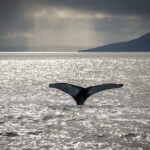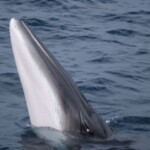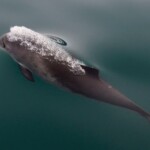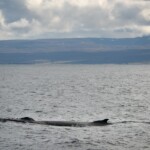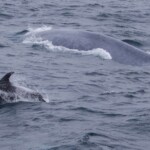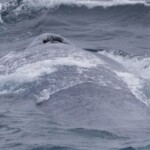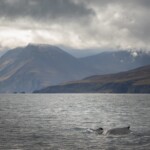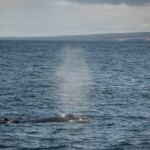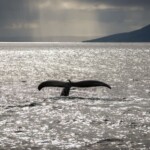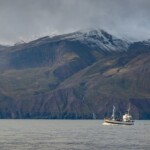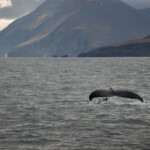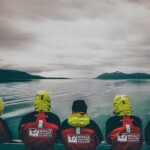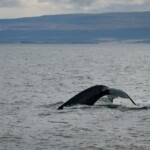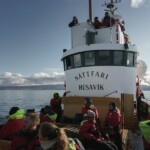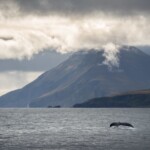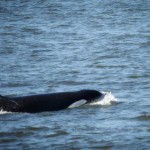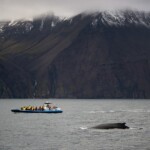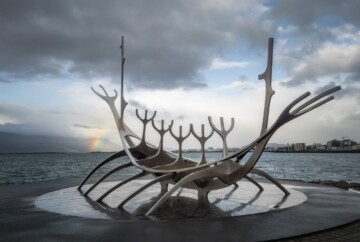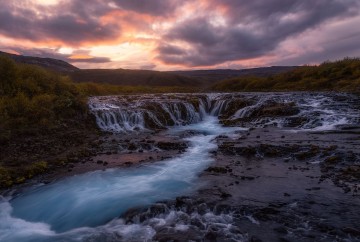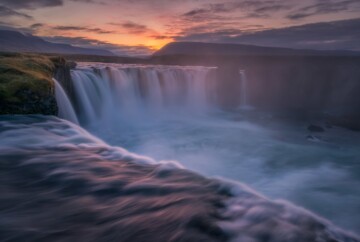Whale watching in Iceland is one of the best things you can do if you are traveling to the Land of Fire and Ice. We visit this country every year to run our Iceland photo tour, and whenever we can, we book an Iceland whale watching tour, an activity that I highly recommend.
If you haven’t seen wild whales before, I assure you that you will be impressed by their size. Also, if you are passionate about cetaceans like me, it’s not difficult to get excited by their majestic movements. This is why whale watching in Iceland is such a popular activity.
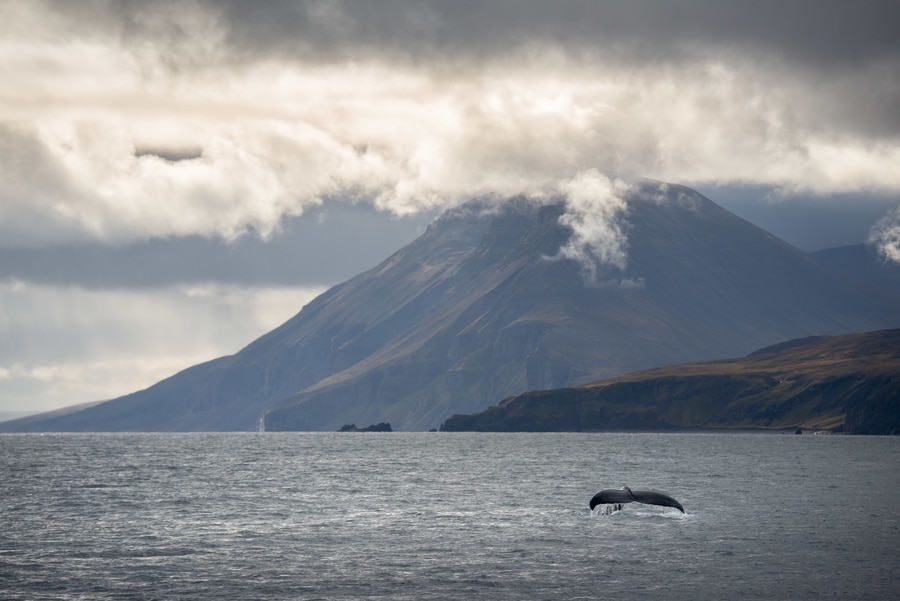
Whale watching in Iceland
In addition, whale watching tours in Iceland have greatly helped the fight against whaling. Taking a whale watching excursion in Iceland is the best way to show locals that cetaceans are more valuable as living creatures than commodified goods.
So if you are starting to plan your list of essential things to do in Iceland and you want to find the best whale watching tour, this article explains everything you need to know so you can enjoy it to the fullest.
In this guide to whale watching in Iceland you will find:
- Best time for whale watching in Iceland
- Best places for whale watching in Iceland
- Whale watching tours in Iceland
- Whales of Iceland
- Whales of Iceland Museum
- Whale hunting in Iceland
Best time for whale watching in Iceland
There are whale watching tours in Iceland every month of the year, but depending on the area you are in, you will be more likely to see them depending on the time you travel. Besides, the type of whales you will find will change during the year.
So first things first, you need to know when is the best time to see whales in Iceland and the best places you can go depending on whether it’s summer or winter.
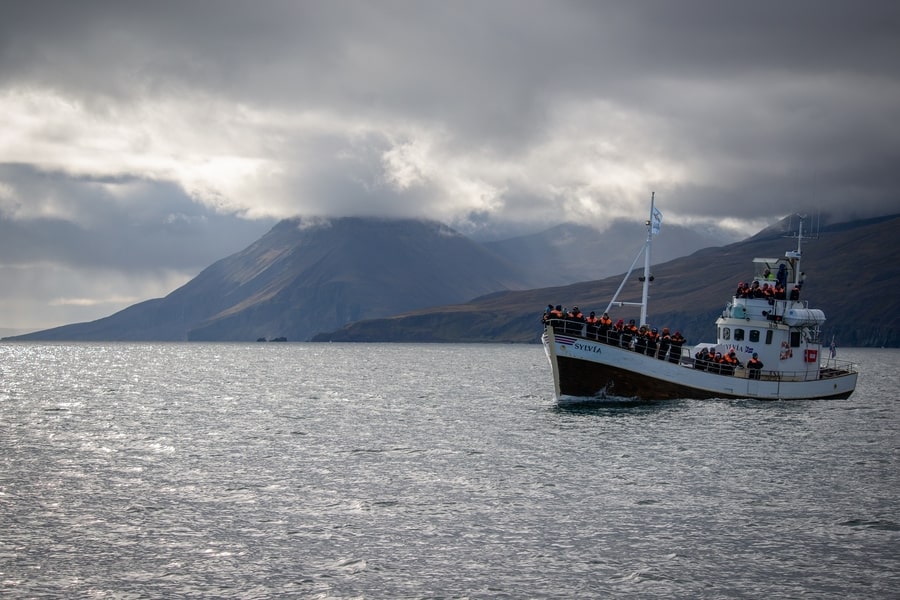
Best time for whale watching in Iceland
There are different excursions to see cetaceans in Iceland from different parts of the island, and although we have always been lucky and have been able to enjoy the experience to the fullest, no company can assure you that you will see whales on your tour. That is, even if you travel at the best time to visit Iceland, it may happen that you don’t see whales or you see only a few. It’s possible to do the same excursion two different days and have totally different experiences. Being wild animals living in complete freedom, their habits are unpredictable and this is what makes whale watching in Iceland so addictive and special.
The good news is that almost all whale watching tours in Iceland, or at least the ones I am going to recommend allow you to repeat the excursion for free until you see whales. So my first piece of advice is to schedule your whale watching excursion in Iceland for your first travel day. This way, you will have more opportunities to watch them if you need to repeat the tour.
Whale Watching in summer in Iceland
For many reasons, summer is the best time for whale watching in Iceland. From June to August, a large number of whales come to the island’s coast to feed.
This is the best time to see the most common whales of Iceland, the minke, and the humpback. You can even see some white-beaked dolphins and porpoises.
During these months there are also migratory movements by some cetacean species that are more difficult to see, such as the blue whale, so you will have more opportunities to see this gigantic type of whale while they are migrating north.
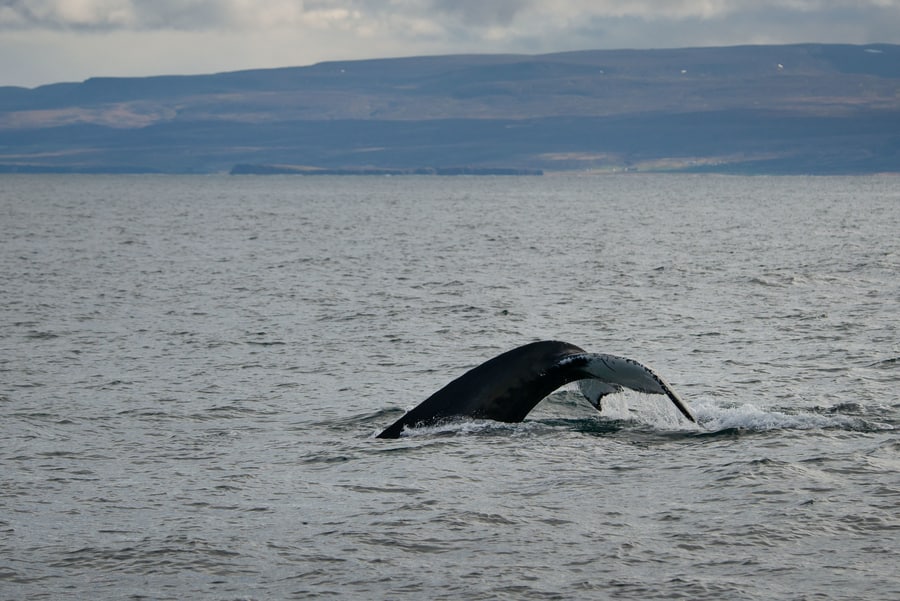
Whale watching in summer in Iceland
Another main advantage of the summer months is that you can do a whale watching tour in Iceland from any of the three cities from which they depart, Reykjavík, Húsavík, and Akureyri. So you can take a tour from wherever best suits you without having to modify your itinerary much. Also, I will tell you about when to see whales in Iceland depending on the city you are in later.
Finally, other reasons why I recommend taking a whale watching tour in Iceland in the summer is because you can take advantage of more comfortable temperatures. Although most tours will provide you with warm overalls, on the high seas the cold wind is biting. In addition, the waters are also usually calmer during these months, so the risk of canceling the excursion due to bad weather is less. For all this, the summer months, between June and August, is considered the best time to see whales in Iceland. April, May, September, and early October is also a very good time for whale watching.
Whale Watching in winter in Iceland
Summer is considered the best time to see whales in Iceland. However, that doesn’t mean that you can’t see and enjoy them in winter. We have also taken whale watching tours in Iceland in winter, and so far we have always been quite lucky and able to see whales on the first outing.
The main difference with taking a whale watching tour in summer is that you will have to carefully plan your departure since there are months when you can only do it from Reykjavík. So you should keep in mind that if you travel to Iceland between November and March you won’t be able to take the whale tour from Húsavík or Akureyri.
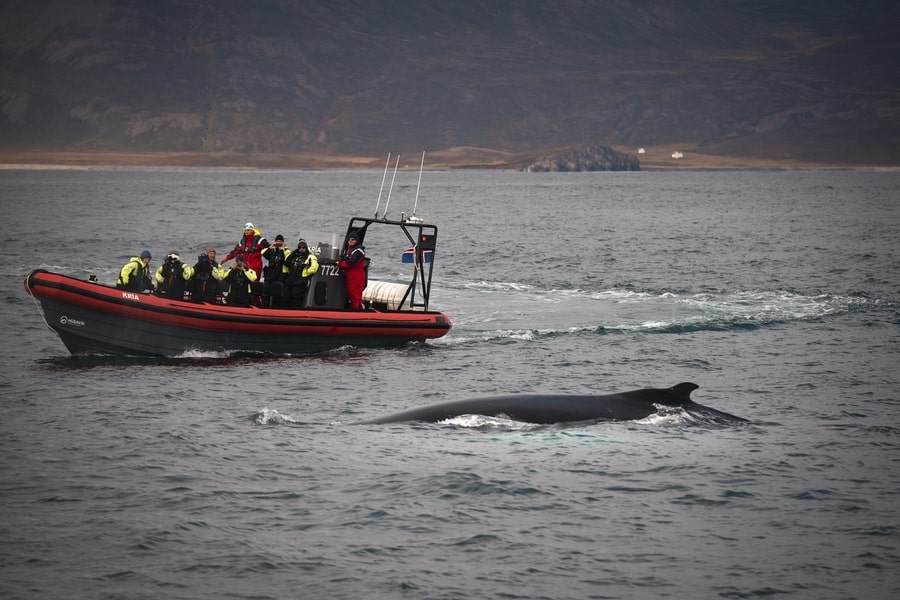
Whale Watching in winter in Iceland
We loved our whale watching tour in Iceland in the middle of the winter because the snowy landscapes in the background make everything even more spectacular. Also, in winter you have the opportunity to watch orcas in Iceland. So if your dream is to watch killer whales in Iceland, I think winter is also a good time for a whale tour.
Another advantage of whale watching in Iceland during the winter is that there are usually fewer tourists and you can enjoy a calmer experience without the crowds.
Of course, if you travel to Iceland in winter and you plan to take this excursion, be ready for the cold. Even if you bundle up and wear the warm overalls they provide, you will inevitably feel cold while enjoying these incredible animals. Still, the experience is worth it.
Best places for whale watching in Iceland
Reykjavík, Húsavík, and Akureyri are the best places for whale watching in Iceland.
In summary, Reykjavík is the capital and where whale tours take place 365 days a year, so it’s the most popular city to take a whale watching tour in Iceland. In addition, it is one of the few places where you can see orcas in Iceland.
However, in Húsavik and Akureyri, the chances of seeing whales in summer are much higher, so these cities in the north of the island are the best places to see whales in Iceland if you travel from June to August.
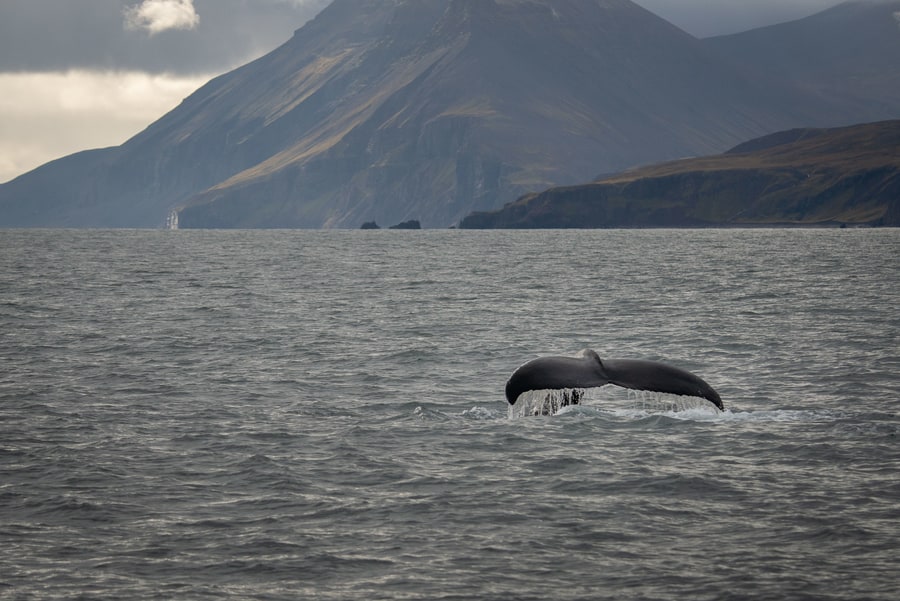
Best places for whale watching in Iceland
Húsavík is called the Whale Capital for a reason and is my favorite place to take these types of tours. Yet, Akureyri, being a larger city, is also a great option for whale watching in Iceland.
The three cities, in any case, are excellent options, although if you want some more information to decide where to take the tour, check out this next section. Here, I’ll tell you the main features of whale watching tours from:
Whale watching in Reykjavík, a popular place for whale watching in Iceland
Reykjavík offers whale watching tours in Iceland year-round and is also one of the most popular places to go. As the country’s capital, it is also one of the most touristy cities. So whale watching is one of the most popular excursions from Reykjavik.
Whale watching tours from Reykjavík depart from the Old Harbour. During the tour, you can see minke whales, white-beaked dolphins, porpoises, and humpback whales. Also, depending on the route the boat takes, it is possible to see killer whales in winter, and puffins in summer.
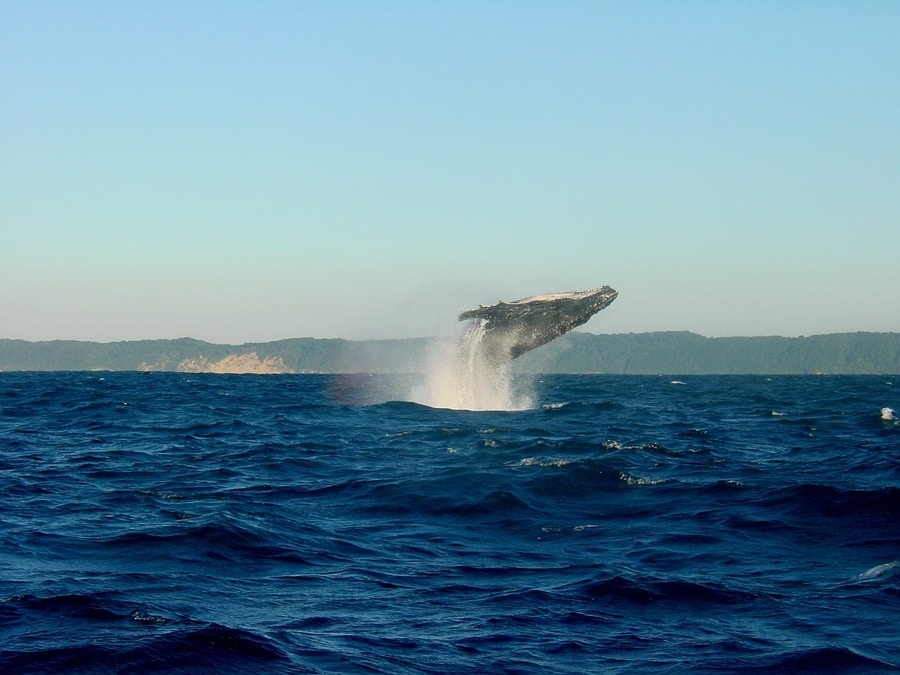
Whale watching in Reykjavík, a popular place for whale watching in Iceland
But if the capital is such a popular place to see whales in Iceland, it’s also because of the beauty of its landscapes. From the boat, you have beautiful views of the Reykjanes peninsula, in addition to Faxaflói Bay and the Snaefellsjökull glacier. There’s certainly plenty of things to do in Reykjavík, but taking a whale-watching tour from the capital is most exciting.
Most travelers visiting the island don’t have the time to make the full loop around the Ring Road, visiting the north of Iceland, so if this is the case for you, don’t worry. Although Húsavík and Akureyri are more reputable whale watching spots, feel free to book a whale watching tour in Reykjavík if you are only visiting the south.
Whale watching in Húsavík, the best place for whale watching in Iceland
Húsavík is the best place to see whales in Iceland. Known as the whale capital, it is considered the quintessential place for taking whale watching tours in Iceland.
This small fishing town is in the north of the island, right where Skjalfandi Bay is located, an area rich in plankton. For this reason, whales come to feed here during the summer. For me, the whale watching tour in Iceland from Húsavík that we did has been, without a doubt the best experience, not only because we saw enough humpback whales and other cetacean species, but because the landscapes are amazing.
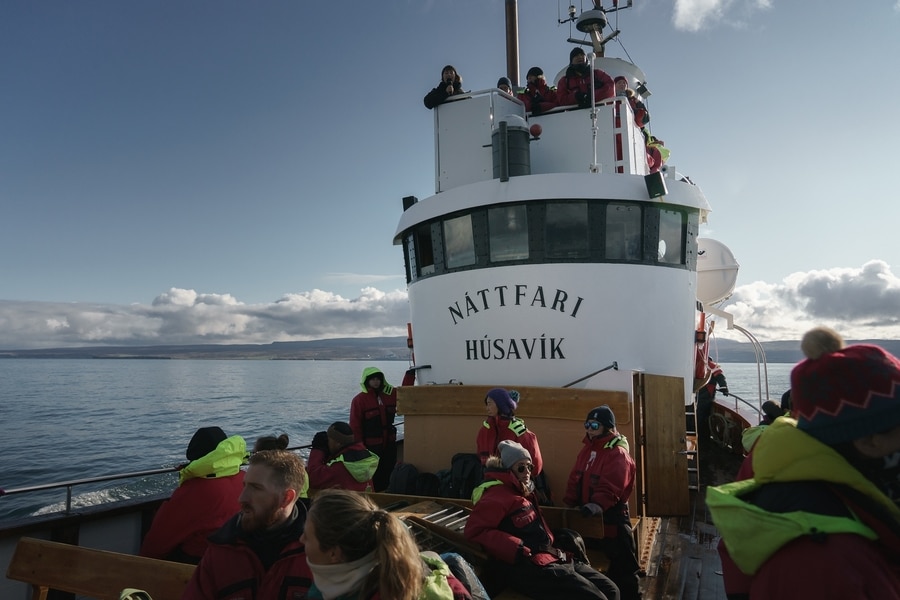
Whale watching in Húsavík, the best place for whale watching in Iceland
The locals assure that embarking from the north you have practically a 100% probability of watching whales, especially in summer thanks to migratory movements. So, at a minimum, you will surely see humpback whales, plus porpoises and white-beaked dolphins. And hopefully, some more species because up to 24 different types of cetaceans have been found in this area.
Excursions can take place between March and November and depart from the port in the city center. I recommend taking your whale watching tour in Iceland from Húsavík. What’s more, I encourage you to include this beautiful city in your itinerary since the locals are also charming.
Whale watching in Akureyri, another option to see whales in Iceland
Akureyri is another option for whale watching tours in Iceland if you travel between April/May and November. Tours depart from the center port and normally head towards the Eyjafjördur fjord to spot cetaceans.
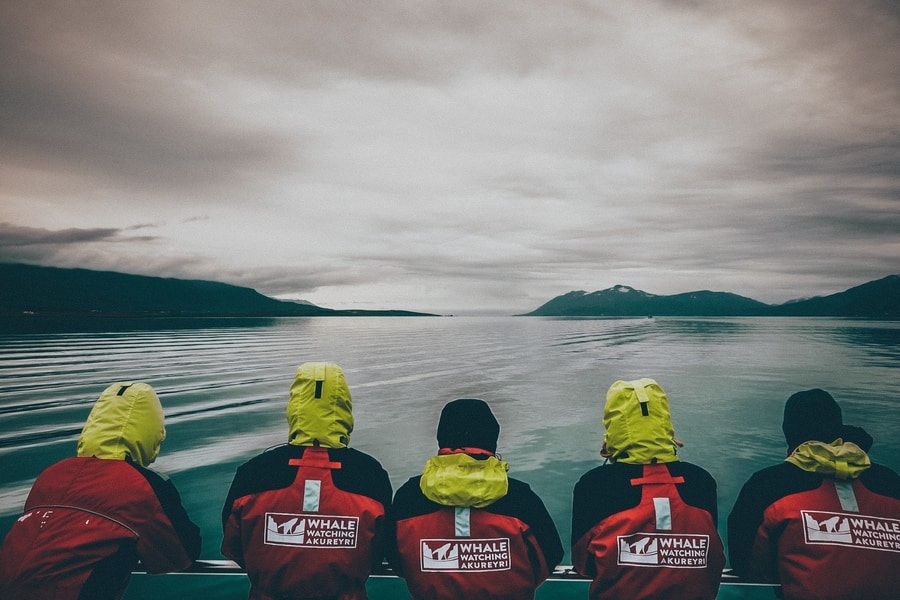
Whale watching in Akureyri, another option to see whales in Iceland
The odds of seeing whales in Iceland from Akureyri are practically the same as from Húsavík. There is also not much difference in terms of species that you can see, but there are travelers who prefer to stop in Akureyri instead of in Húsavík because this city is bigger and has more things to do. Actually, it’s the second-largest city in Iceland after Reykjavík. The species you will most likely see are humpback whales, minke whales, porpoises, seals, and white-beaked dolphins.
I consider Akureyri to be an excellent option to see whales in Iceland if your intention is to stay a few days in the city for sightseeing, or if you are taking an Iceland’s Ring Road itinerary in 7 days or less and you don’t have time to take the detour to Húsavík.
Whale watching tours in Iceland
Now that you know where to see whales in Iceland and as well as the best time to do it, you have to choose some of the best whale watching tours in Iceland. After all, you can only do this activity by taking a tour.
To help you choose, I have selected the best whale watching tours in Iceland. All of them allow you to repeat it completely free of charge if you had bad luck and didn’t see any cetaceans. This is worth keeping in mind because, although people usually see whales on their first tour, whales are wild animals and are unpredictable.
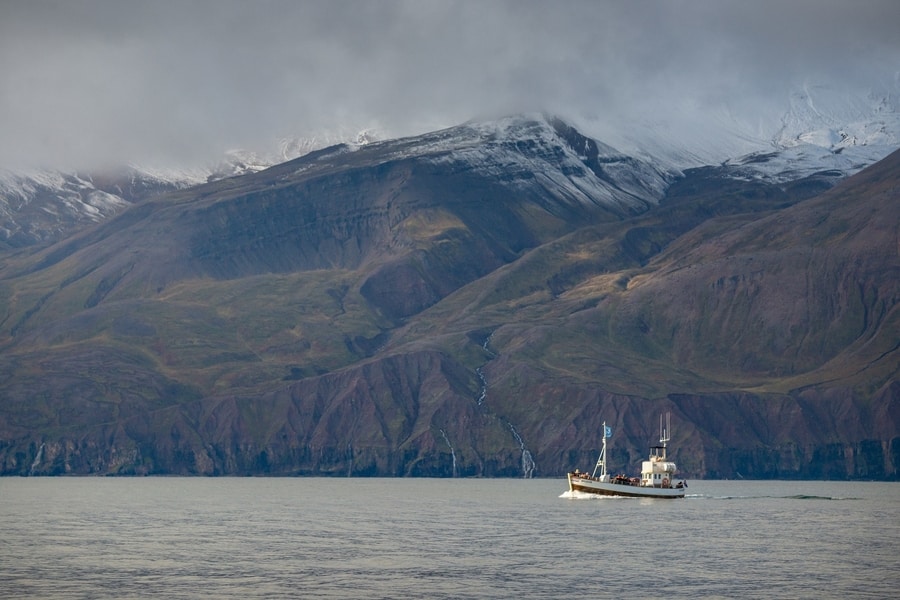
Whale watching tours in Iceland
My advice when hiring one of these whale watching tours in Iceland is to book it in advance for the first or second day of your trip. This way you will have time if you need to repeat it.
All of these whale watching tours are responsible, so the boats won’t come closer than necessary to the whales. Also, these are special boats that won’t disturb cetaceans and will respect their environment.
Whale watching tour from Reykjavík
If you are going to hire a whale watching tour from Reykjavík I recommend this one. Andrea, which is the boat they use to run the tour, is the largest whale watching ship in Iceland. Riders can see cetaceans from anywhere on the boat.
It also has a warm inside seating area where you can see whales through large windows. This is a good backup plan if it gets very cold. Even so, I recommend that you wear the warm overalls that they hand out, and go out onto the deck since it’s the best way to see these animals.
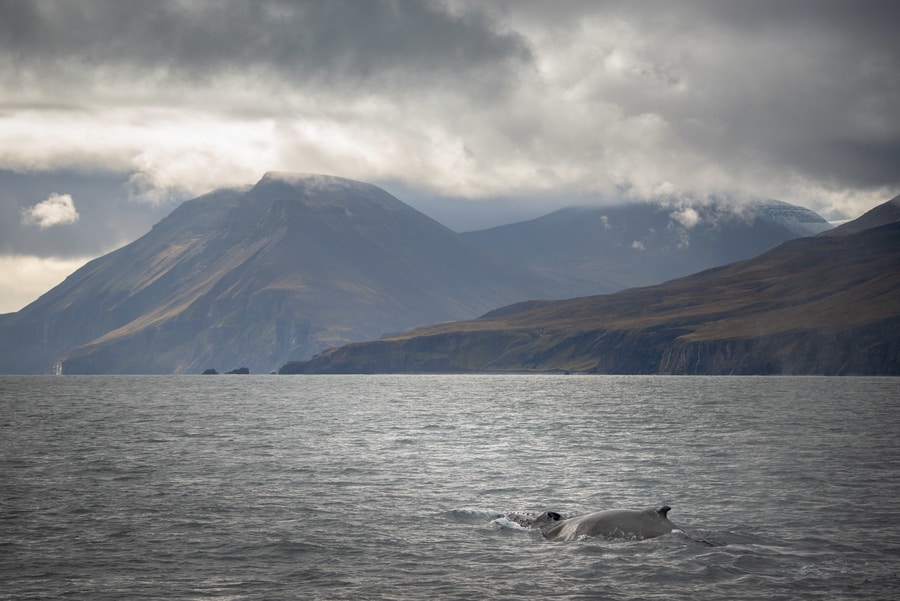
Whale watching tour from Reykjavík
This basic tour to watch whales from Reikivaik, Iceland is the most popular because it boasts an excellent price. The downside is, in high season, it’s the first to run out of ticket reservations.
However, it is not the only recommended whale watching tour from Reykjavík.
If you travel to Iceland in the summer, I recommend this tour, which combines the same whale tour from Reykjavík with a tour to see puffins. This excursion uses a smaller boat that allows you to get closer to the cliffs where these friendly birds nest.
At the end of June, the Midnight Sun also occurs, so if you are going to travel at this time I suggest you to keep an eye on the tour that combines whale watching in Iceland with the Midnight Sun. This is an incredible phenomenon that you cannot miss, and this tour is a standout experience.
On the other hand, if you travel to Iceland in winter, the best thing to do is take this other tour that combines whale watching with the Northern Lights. If you’re going to do this tour, I suggest you read our guide on how to photograph the Northern Lights.
Whale watching tours from Húsavík
There are many whale watching excursions from Húsavík, Iceland, but the one we liked the most is this one. This
is a 3-hour tour that will allow you to enjoy incredible landscapes while witnessing all kinds of cetaceans and seabirds. The guide that we had on our last trip was great and, in addition to watching many whales, we learned a lot.

Whale watching tours from Húsavík
I also recommend you check out this excursion that combines whale watching with a visit to the puffin island. This option is only available during the puffin nesting period between April 15 and August 20. You can also repeat this tour at no cost if you don’t see whales or dolphins that day.
Best whale watching tour from Akureyri
From Akureyri, the selection of whale watching tours in Iceland is not as great as in the two previous cities, but this doesn’t mean that the quality of the tours is lower. With this basic whale watching tour in Iceland from Akureyri you will travel on a high-speed boat designed to respect both the wildlife and the landscape of Iceland.
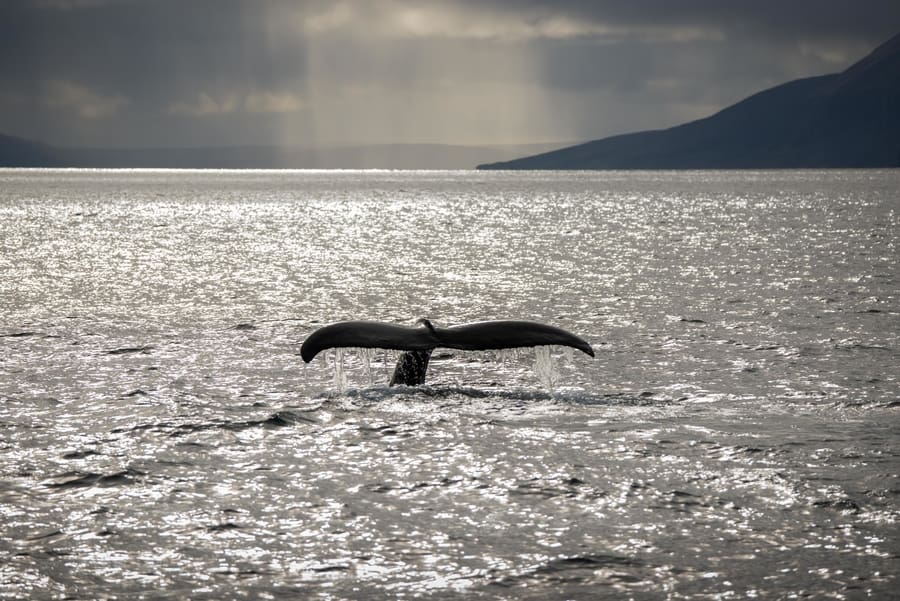
Best whale watching tour from Akureyri
You will be able to see humpback whales in the longest fjord in the country, Eyjafjord. The tour lasts 3 hours and if at the end you haven’t seen any cetacean, they will give you a coupon valid for 2 years to repeat the tour from Reykjavík or Akureyri.
Whales of Iceland
In some areas of Iceland, such as Húsavík, there are reports of up to 24 different species of whales. However, not all of these species are easy to see. So here is an overview of the whale species that you are most likely to see during a whale watching trip in Iceland.
Humpback whales in Iceland
The humpback whale is the most common species in Iceland and the chances are very high that you will see some, even several, in summer, regardless of the city from which you take the tour.
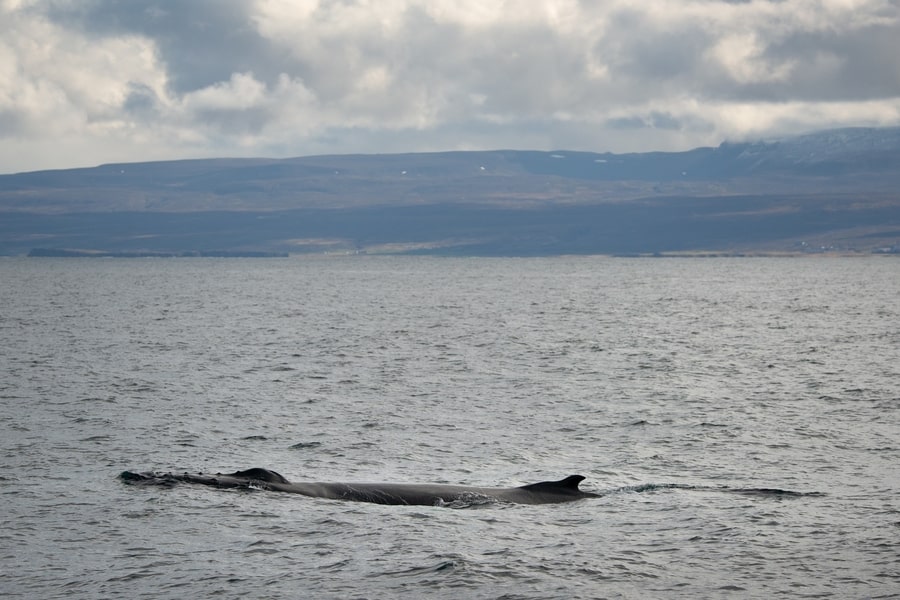
Humpback whales in Iceland
Humpbacks are large whales, measuring approximately 40 to 45 feet. Since they lack teeth, they consume very small foods such as krill, plankton, herring, and mackerel. Humpback whales seek cold water in the summer and warmer water in the winter, hence they migrate. They can cover up to 16,000 miles in a single year.
In summer, the sediments of the glacial rivers reach the sea. This, along with the increased number of daylight hours, causes the plankton populations to increase considerably on the Icelandic coasts, thus attracting whales, which come there to feed.
Minke whales in Iceland
The minke whale is also very popular in Iceland. They can be seen throughout the year, although they are most active in the summer months. You can see them from Reykjavík, from Húsavík, and Akureyri.
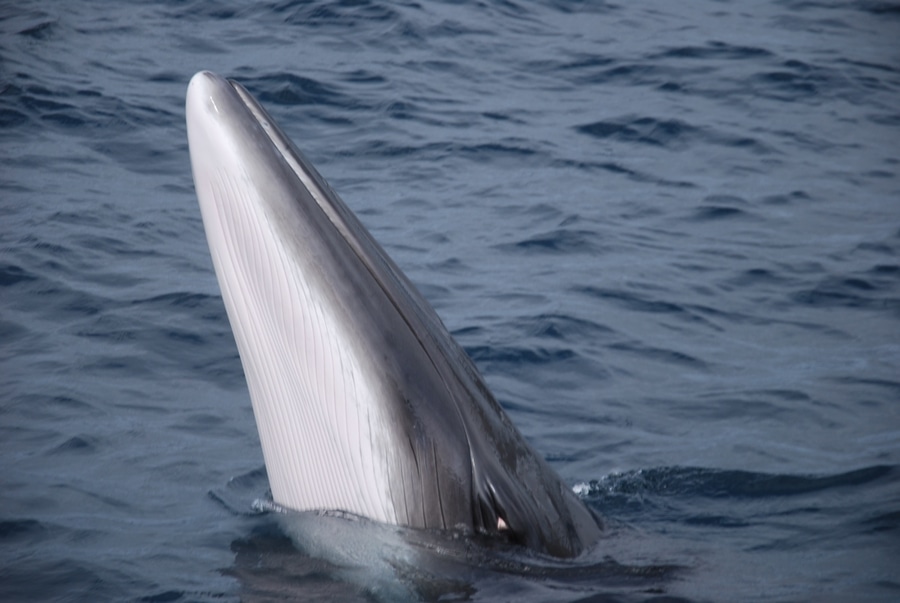
Minke whales in Iceland
Unlike the humpback whale or other species, this one is smaller and rarely exceeds 30 feet. The minke, like the humpback, is a baleen whale, so it has special baleen plates with bristles instead of teeth to filter the food that consists of small crustaceans and fish, with krill being its favorite food.
White-beaked dolphins in Iceland
The white-beaked dolphin is the most common type of dolphin in Iceland, so if you see dolphins, it will surely be this type. It measures 6 to 10 feet and is characterized by having a dark gray body, even black, with white spots.
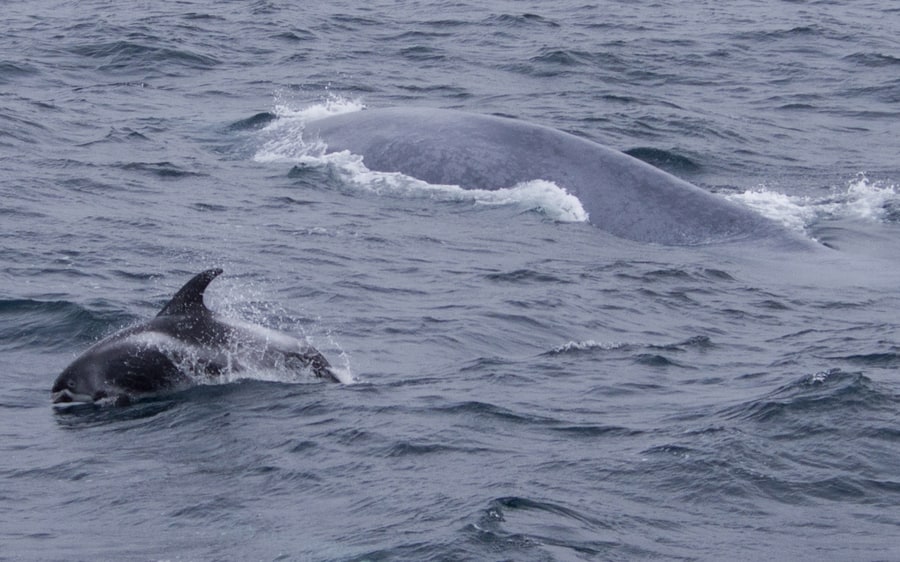
White-beaked dolphins in Iceland
It is likely that during your whale watching tour in Iceland you will see them playing on the surface, a real spectacle. And best of all, you’ll never see just one, as they swim in a group. You can see them throughout the year regardless of where you start the tour.
Harbour porpoises in Iceland
The harbour porpoise is the smallest species of whale, measuring between 5 and 6.5 feet, and can be seen year-round from anywhere in Iceland. It’s difficult to see, so you will need the help of a guide to find it. They usually swim alone or in small groups and feed on fish, squid, and crustaceans.
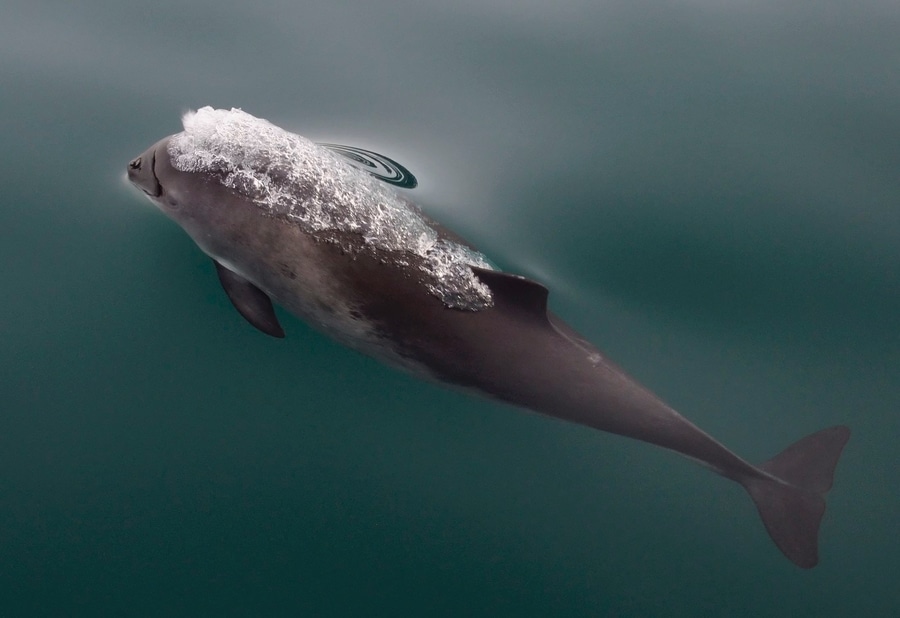
Harbour porpoises in Iceland
Orcas in Iceland
The orcas are one of the most spectacular cetaceans you can see during your whale watching tour in Iceland. They are usually found around the Snæfellsnes peninsula and along the south coast, so if you want to watch them, you will have to take your whale watching tour from Reykjavík. Also, they only pass through the coasts of Iceland in the winter months, as they arrive there in search of herring.
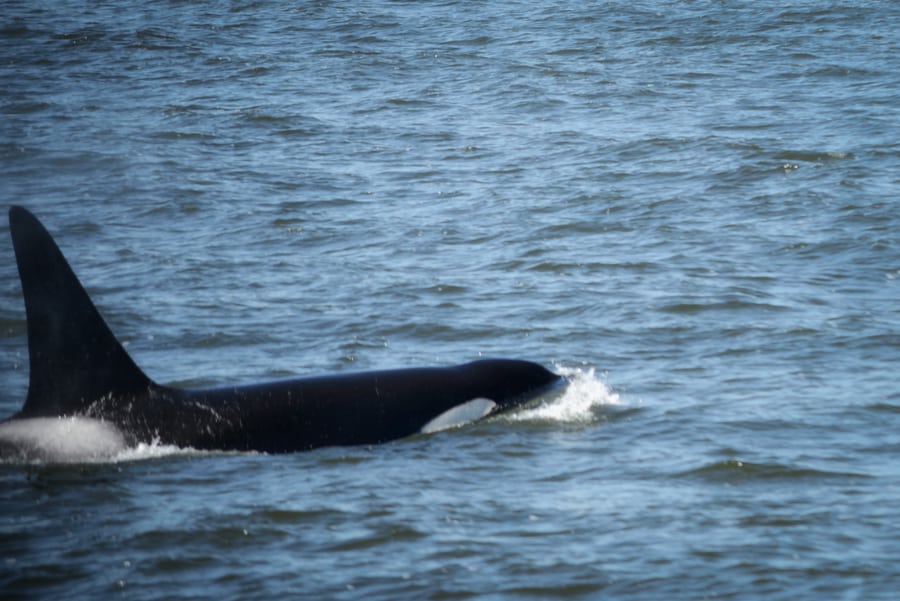
Orcas in Iceland
To be honest, seeing killer whales in Iceland is not easy. We have seen killer whales in Vancouver, Canada and Kamchatka, but not in Iceland. However, we’ll keep trying and I hope we can see them there someday, too.
Other types of whales of Iceland
Although there are many other types of whales in Iceland, if you are lucky enough to come across any of the following, you should feel extremely lucky. They are rare to see, but with a bit of luck and a whale tour guided by authentic scientists and experts like the ones I have recommended, you will increase your chances.
Other baleen whales in Iceland
In addition to humpback whales and minke whales, there are other baleen whales that can be seen in Iceland, such as the giant blue whale or the fin whale. These types of whales are more difficult to see, so if you want to have a chance, you should visit the island in summer.
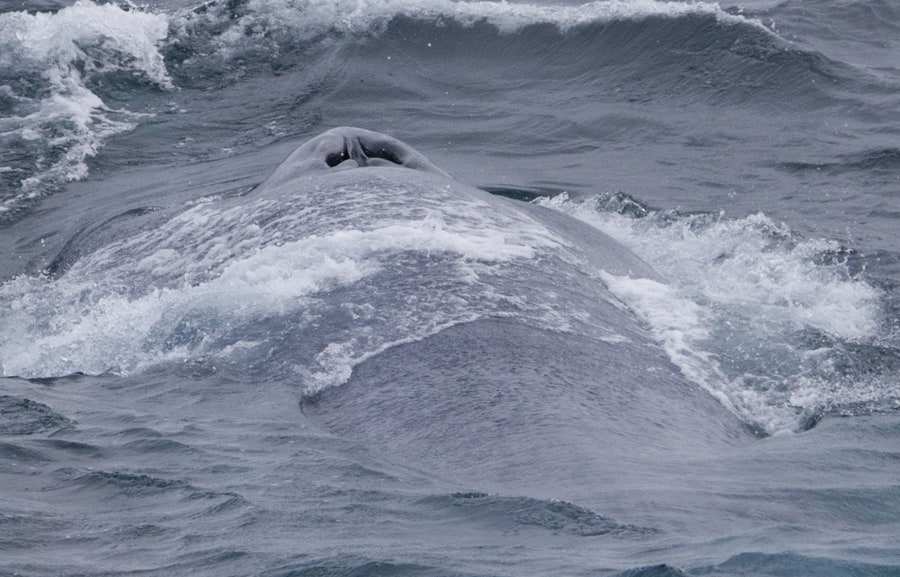
Other baleen whales in Iceland
Toothed whales in Iceland
On some occasions, especially in the spring and summer, toothed whales can be sighted in Iceland. The most common is the sperm whale, which is the largest toothed animal in the world, measuring up to 65 feet. Sometimes, they are spotted in western Iceland.
In the north, whales more typical of the Arctic Circle are also rarely seen, such as the beluga, also known as the white whale. Another rare species is the narwhal, the unicorn of the sea with a single tusk of up to 6.5 feet.
Seeing a toothed whale in Iceland is difficult, as they are not common, although you should have your camera ready in case you have a lucky break during your tour.
Pilot whales in Iceland
The pilot whales are a kind of dolphin. It’s estimated that around 35,000 specimens live in Iceland but they are very difficult to see because they are usually always on the high seas. Occasionally they get a little closer to the coast and that’s when you might get lucky and see some of them. Unfortunately, it is very difficult to see them by booking a whale watching tour in Iceland. And if you see any, consider it a huge stroke of luck.
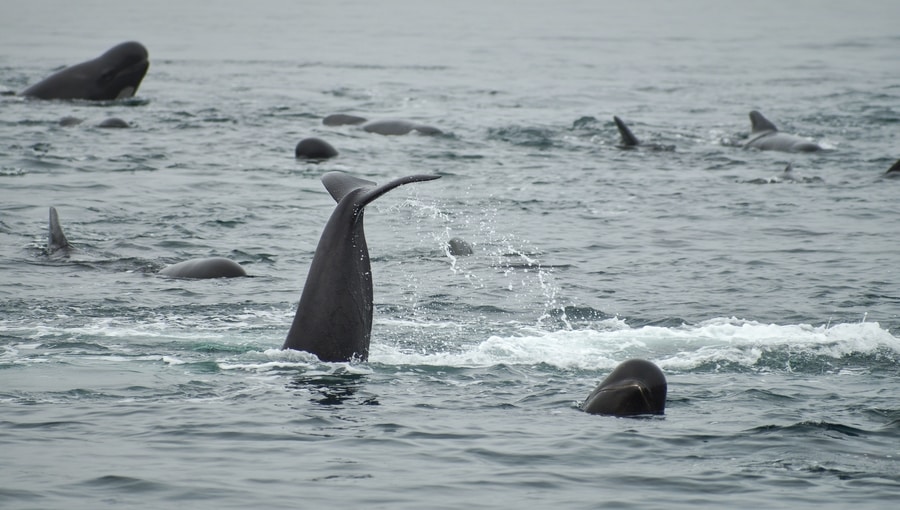
Pilot whales in Iceland
Beaked whales in Iceland
The beaked whales are the most mysterious type of whale, since they spend most of their time submerged, making it practically impossible to see them. They rise to the surface for a few seconds before plunging back into the depths to feed, making them a very rare sight. It doesn’t help that they often swim away from ships.
However, it is estimated that there are around 40,000 individual bottlenose whales inhabiting the waters around Iceland, so some have occasionally been seen, especially in the southeast of the island.
Whales of Iceland, the best museum about whales in the world
The Whales of Iceland Museum is one of the best whale museums in the world. I highly recommend visiting it, especially if you are traveling with your family to Iceland. There are few museums that respect animals as much as this one. Here, you can see life-size replicas made entirely by hand.
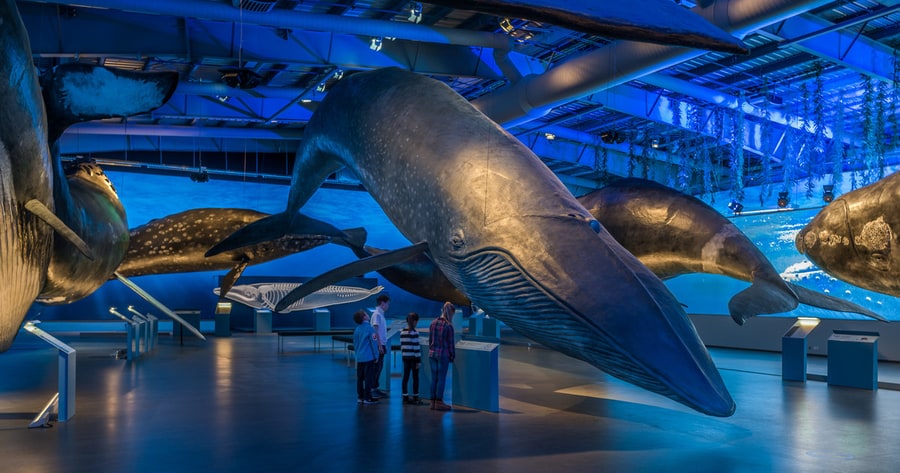
Whales of Iceland, the best museum about whales in the world
So if after taking any of the Iceland whales watching tours, you want to know more or haven’t seen all the species you wanted, here you will find an exact replica of all the whales that inhabit the country. You can even learn the precious song of the whales and a little more about their life at sea, with its dangers and methods of defense and protection.
The museum is located in Reykjavík and if you want to visit it I recommend that you book it here, as it is one of the most popular things to do in Reykjavík.
Whale hunting in Iceland
Contrary to what many people think, whale hunting in Iceland is not part of the country’s tradition. It was not until the 20th century that commercial whaling began in Iceland. Other countries have previously used Icelandic waters to hunt whales, but Icelanders didn’t participate in these hunting practices.
Unfortunately, many whaling companies from Norway began operating on the island. After intensive over-hunting in Norway, they found the Icelandic waters more abundant in whales. Knowing the economic benefits of whaling, the Icelanders began to hunt whales, mainly to sell them to Norway and Japan.
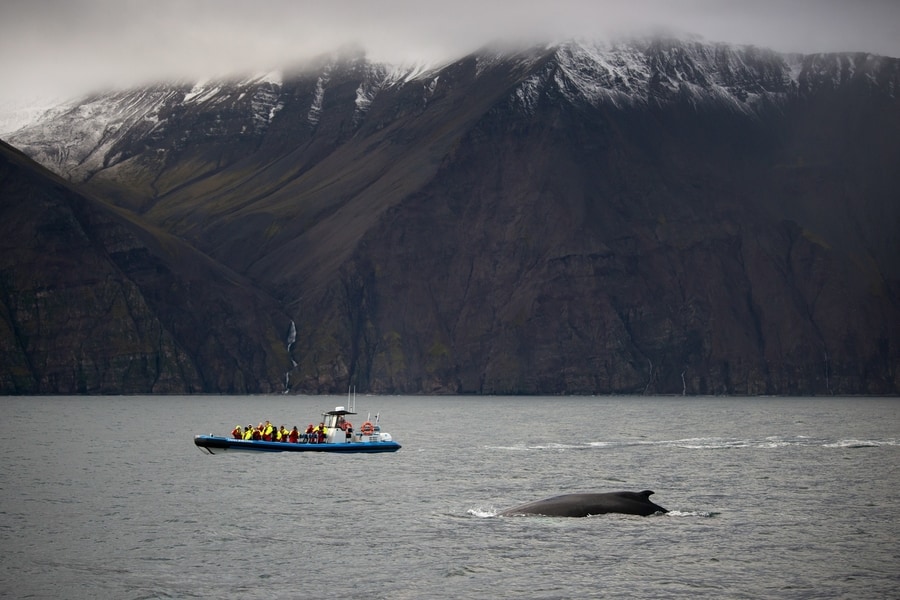
Whale hunting in Iceland
Are you surprised to know that most Icelanders have never eaten whale meat despite being an easy dish to find in some tourist restaurants?
Although nowadays it’s legal to hunt whales in Iceland, the locals have realized that the country’s economy is driven by tourism and that tourists are willing to pay much more to watch whales in Iceland swimming free than to see them on their plate.
The good news is that in 2019 no whales were hunted in Iceland and we hope it will continue to be so until this practice is outlawed. You can help in the fight against whaling in Iceland, too. If you go to a restaurant where this option is served, don’t ask for it. Also, take a whale watching tour in Iceland to continue helping locals “monetize” the whales in a much more respectful way.
Thanks for helping protect Iceland’s whales!

